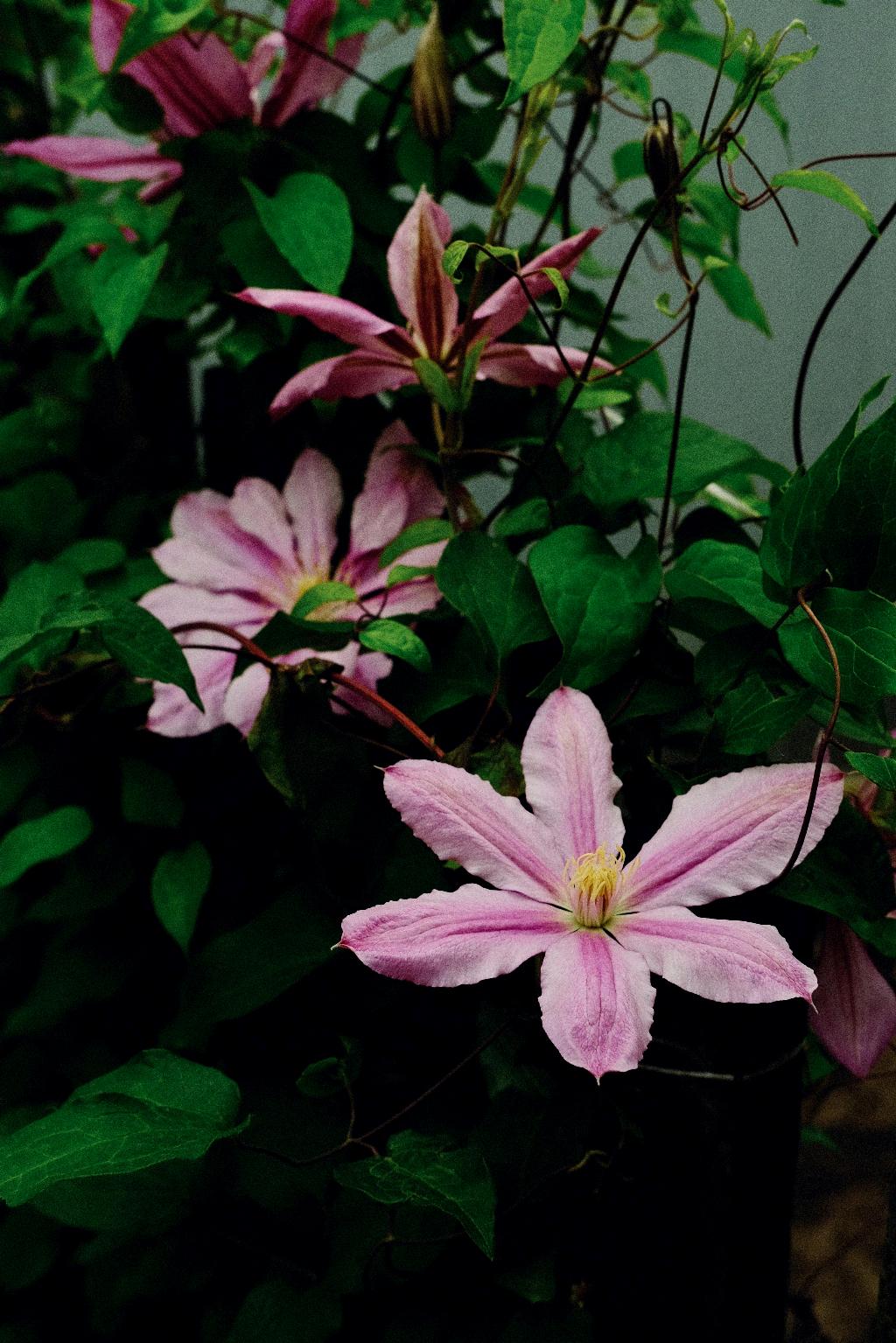When it comes to the Clematis plant, also known as “Queen of the Vines,” its beauty and decorative qualities are undeniable. However, there is a growing concern about its invasive nature in various regions. In this article, we will delve into the characteristics of invasive plants, explore whether Clematis falls into this category, assess its impact on ecosystems, and discuss effective strategies for managing invasive Clematis.
Introduction/Overview of Clematis Plant
Clematis is a diverse genus of climbing vines and shrubs that boast a wide array of colorful flowers, making them a popular choice among gardeners and landscapers. With over 300 species native to various parts of the world, Clematis plants are revered for their ornamental value and ability to adorn arbors, fences, and trellises with their vibrant blooms.
Understanding Invasive Plants
Invasive plants are species that have the tendency to spread aggressively, outcompeting native vegetation and disrupting ecosystems. They often lack natural predators or controls in their new environments, allowing them to colonize areas rapidly and choke out native plants, leading to biodiversity loss and habitat destruction.
The Characteristics of Invasive Plants
Invasive plants typically exhibit traits such as rapid growth, high reproductive rates, prolific seed production, adaptability to various habitats, and lack of natural enemies. These characteristics enable them to establish populations quickly and overwhelm native flora, altering the natural balance of ecosystems.
Is Clematis an Invasive Species?
Reports suggest that Clematis, particularly the Clematis terniflora species, has been identified as invasive in at least 10 states, including South Carolina. This plant often encroaches upon forest edges, rights-of-way, and disturbed areas, spreading rapidly and outcompeting native vegetation. The sight of Clematis blanketing roadside vegetation in regions like Darlington, SC, highlights the invasive potential of this species.
Impact of Invasive Clematis
The unchecked spread of invasive Clematis can have detrimental effects on local ecosystems. By displacing native plants, Clematis alters habitat structures, reduces plant diversity, and disrupts food webs. This disruption can have cascading effects on wildlife populations, pollinators, and overall ecosystem health.
Managing Invasive Clematis
To effectively control the spread of invasive Clematis, it is crucial to employ management strategies that target its removal and prevention of further expansion. Methods such as manual removal, herbicide application, and habitat restoration efforts can help mitigate the impact of invasive Clematis and restore balance to ecosystems.
Conclusion and Final Thoughts
In conclusion, while Clematis plants are beloved for their beauty and charm, certain species have been identified as invasive in various regions, posing a threat to native biodiversity. By understanding the characteristics of invasive plants, recognizing the invasive potential of Clematis, and implementing proactive management measures, we can work towards preserving natural ecosystems and maintaining a healthy balance between ornamental plants and native flora.

